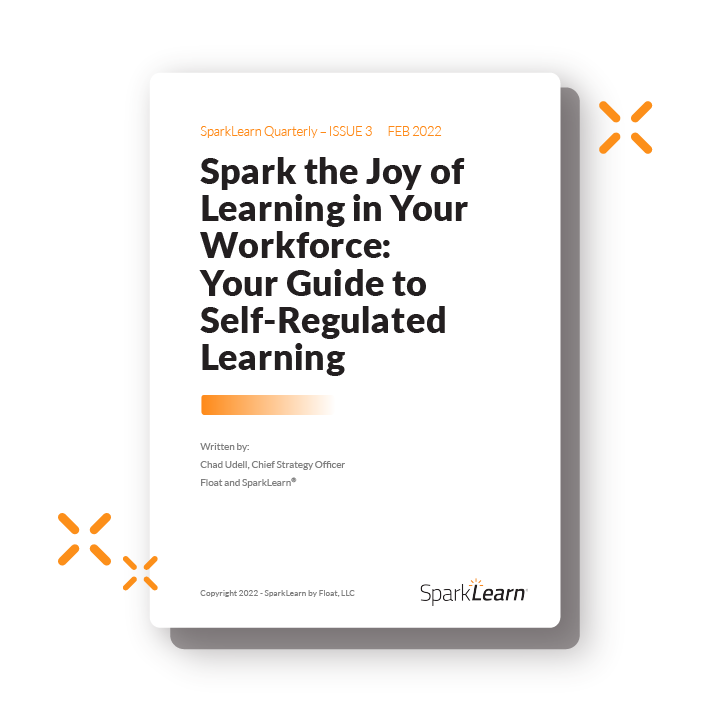Your Guide to Self-Regulated Learning
Blend company objectives with employee satisfaction for a more engaged and motivated workforce.
Think of self-regulated learning (SRL) as a fishbowl. Your user can hang out by the treasure chest, swim to the top for food and do laps at their pleasure, but they cannot jump out and head to the ocean. SRL therefore, is the confined, controlled ecosystem for your content where your most autonomous users will find advancement opportunities, your training programs will thrive with more creative ways to inspire learning and you maintain control over the high-level learning objectives. SRL can really be a game-changing win-win when implemented well.
Enter your information below to download the steps you can take to bring self-regulated learning into your content ecosystem.
In this white paper, SparkLearn explores the foundations needed to make the most of a self-regulated learning system. Providing insight into the hurdles you may face within your organization and amongst your users, this paper points out the balance between implementing a new platform because it’s the future of employee retention and understanding your current workforce. Diving into the internal understanding necessary to set your organization up for success is paramount. And as you already know, not all users learn well on their own, and not all of your content can be consumed at the user's discretion.
You’ll also take away the 3 phases of self-regulated learning:
Preparation: Task Analysis, Planning and Goal Setting
Performance: Executing the Learning Plan
Appraisal: Evaluation, Reflection and Adapting for Future Learning
For motivated, high-performing employees with an intrinsic desire to succeed, self-regulated learning could be the key that unlocks their full potential. Offering SRL opportunities can also help you compete in today’s war for talent and bring the best and brightest employees to your organization. For these reasons, it’s essential to include SRL as part of your next-level digital learning ecosystem.

